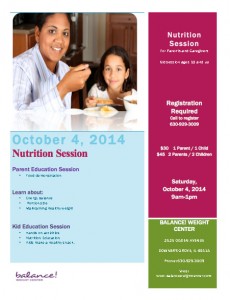 Elle Penner, M.P.H., R.D., the Registered Dietitian and Food & Nutrition Editor at MyFitnesssPal, as well as an active runner and food-enthusiast shared that the reasons to stop drinking soda are abundant. Whether you want to cut down on empty calories and added sugars, consume less artificial sweeteners, wean off of caffeine, or even save money, ditching soda is a great place to start.
Elle Penner, M.P.H., R.D., the Registered Dietitian and Food & Nutrition Editor at MyFitnesssPal, as well as an active runner and food-enthusiast shared that the reasons to stop drinking soda are abundant. Whether you want to cut down on empty calories and added sugars, consume less artificial sweeteners, wean off of caffeine, or even save money, ditching soda is a great place to start.
I actually used to be a big soda drinker–the diet type in particular. Something about it being calorie-free gave me permission to drink it with reckless abandon–so I did. At one point, I consumed more soda than water throughout the course of the day.
Back in 2006 I decided I wanted to rid myself of a dependence on artificial sweeteners, so naturally I started with soda. Over the course of about a year I went from drinking 2-3 sodas per day to 2 to 3 per month. I still very much enjoy a cola with my cheeseburger and french fries, but now that I drink it so much less frequently, I have no problem treating myself to the real deal.
As a former soda-drinker myself, I thought I’d share some tips and tricks I found helpful along the way for those of you who also want to get off the sweet stuff:
1. Be okay with scaling back slowly. If you drink 3+ sodas a day, switching to tap water cold turkey will most likely make every sip feel like a punishment… not to mention induce some serious caffeine withdrawal headaches. I bet you can rather painlessly replace 3 sodas per week with tap or sparkling water, though. Heck, maybe even 1 per day! Whatever the number, make it reasonable. Soda has not, and will not kill you over the next few weeks or months while you gradually get off of it. Over time, you’ll miss those first few sodas less and less and eventually you’ll be ready to cut out one or two more.
2. Get on a soda schedule. Keeping #1 in mind, jot down a schedule for weaning your soda consumption. By writing a plan, you’re thinking through and committing to a reasonable approach to drinking less. For example, if you normally drink 3 sodas per day, cut down to 2 per day for an entire month, and then 1 per day the month after. From there, you can gradually cut down even further. Allow yourself 5 per week for the 3rd month, 4 per week for the 4th month, and so on.
Read more →
 Daily Herald writer Marie Wilson did a great story on Pro-Active Kids. I though you might like to read about this fantastic program:
Daily Herald writer Marie Wilson did a great story on Pro-Active Kids. I though you might like to read about this fantastic program:










